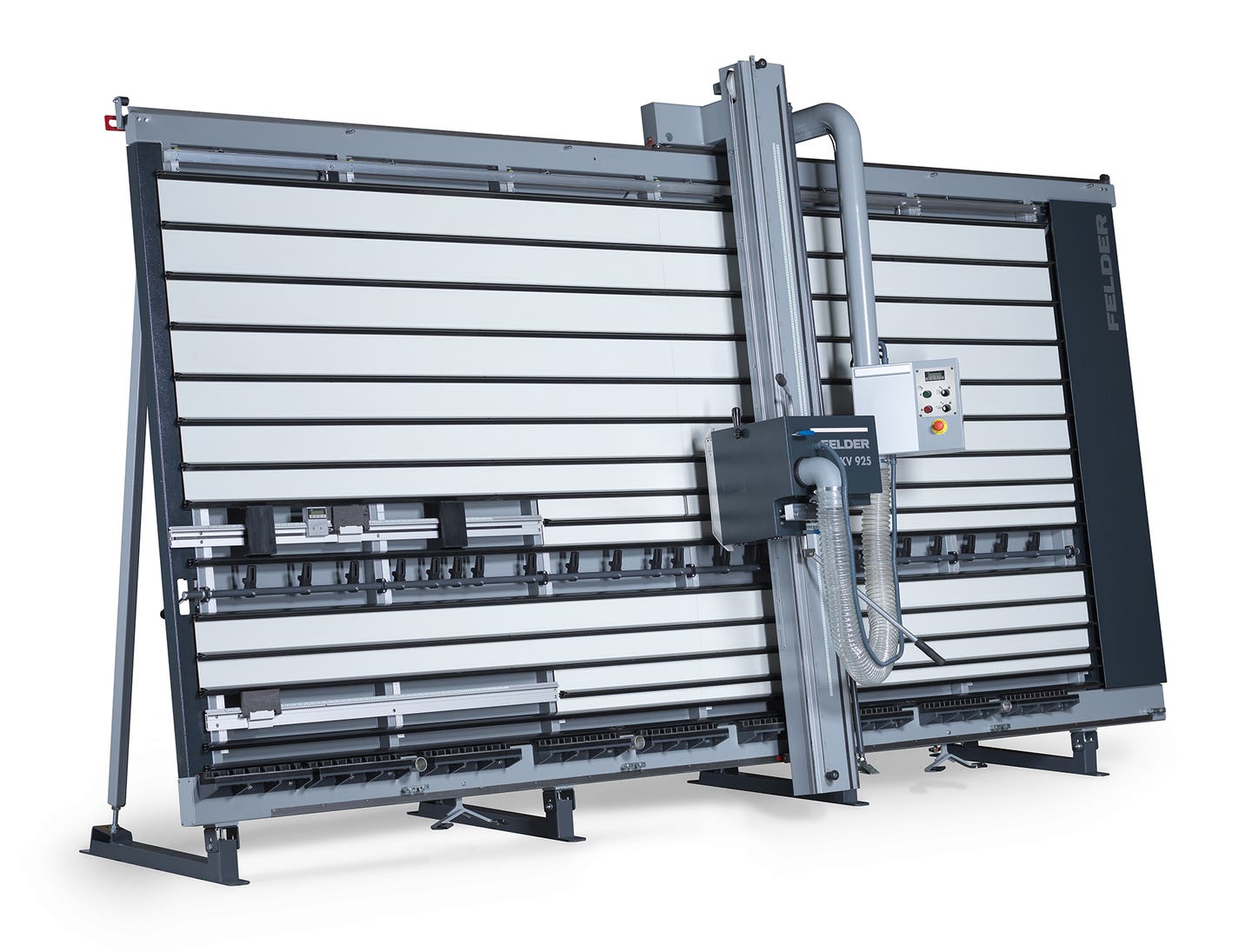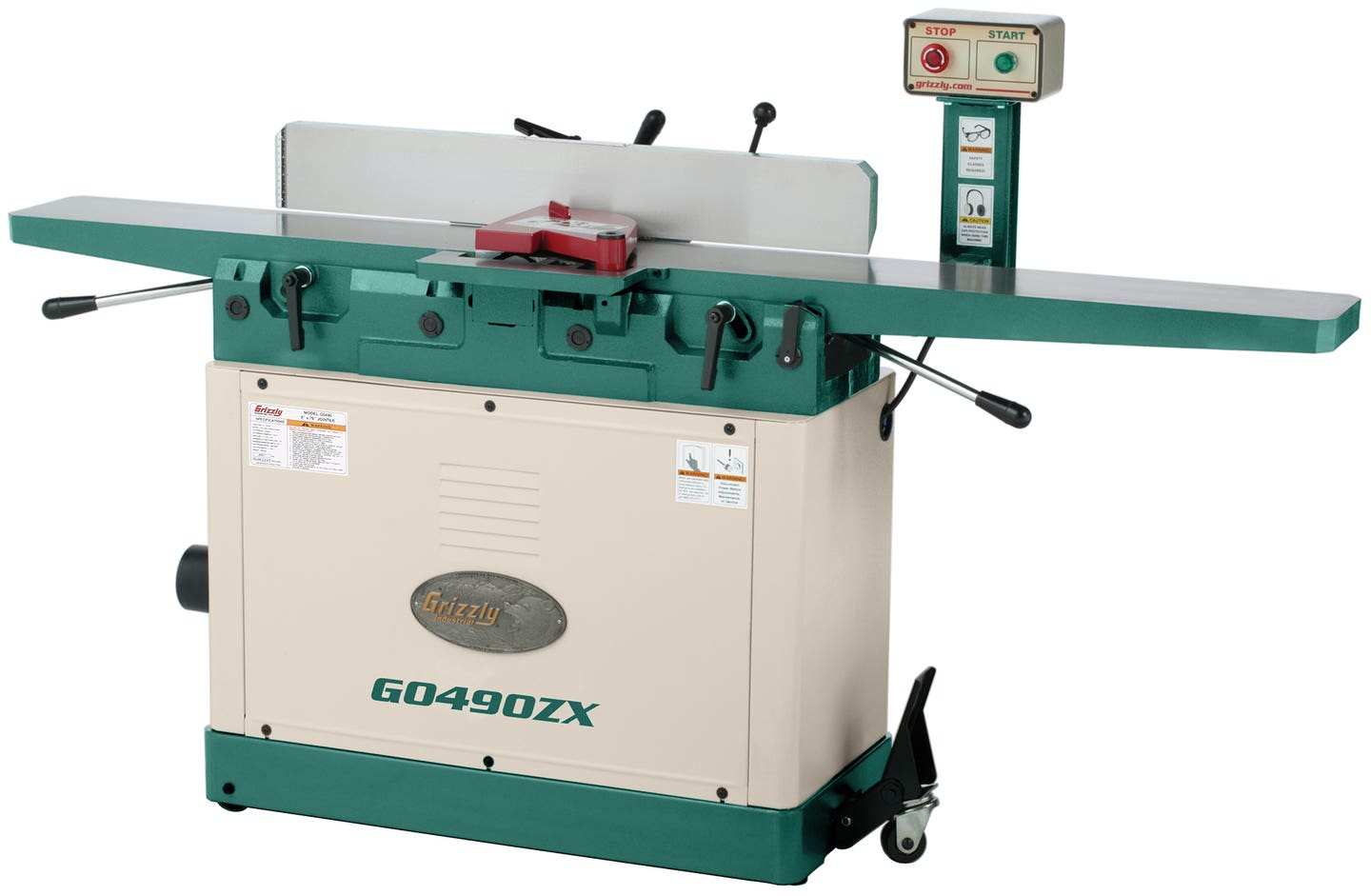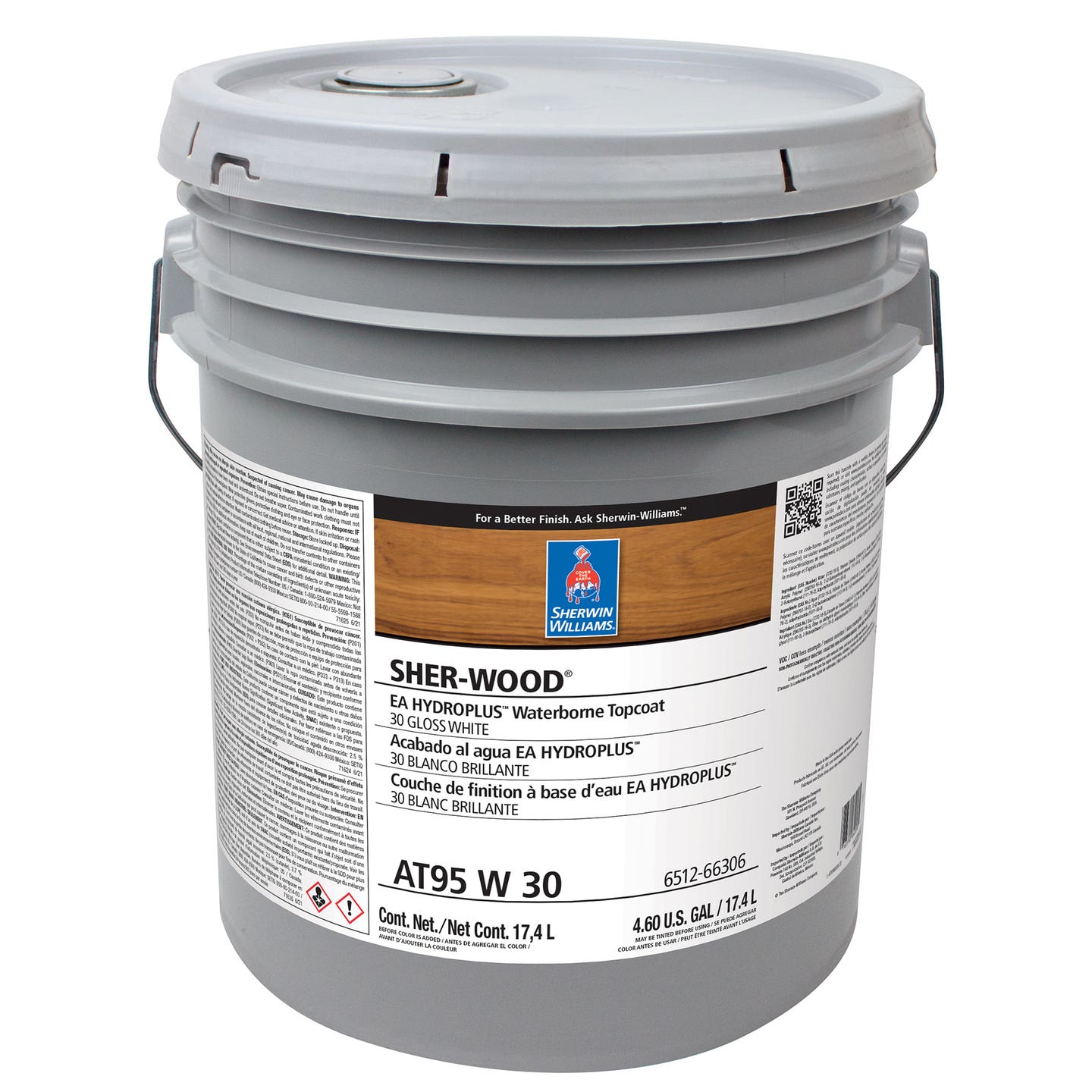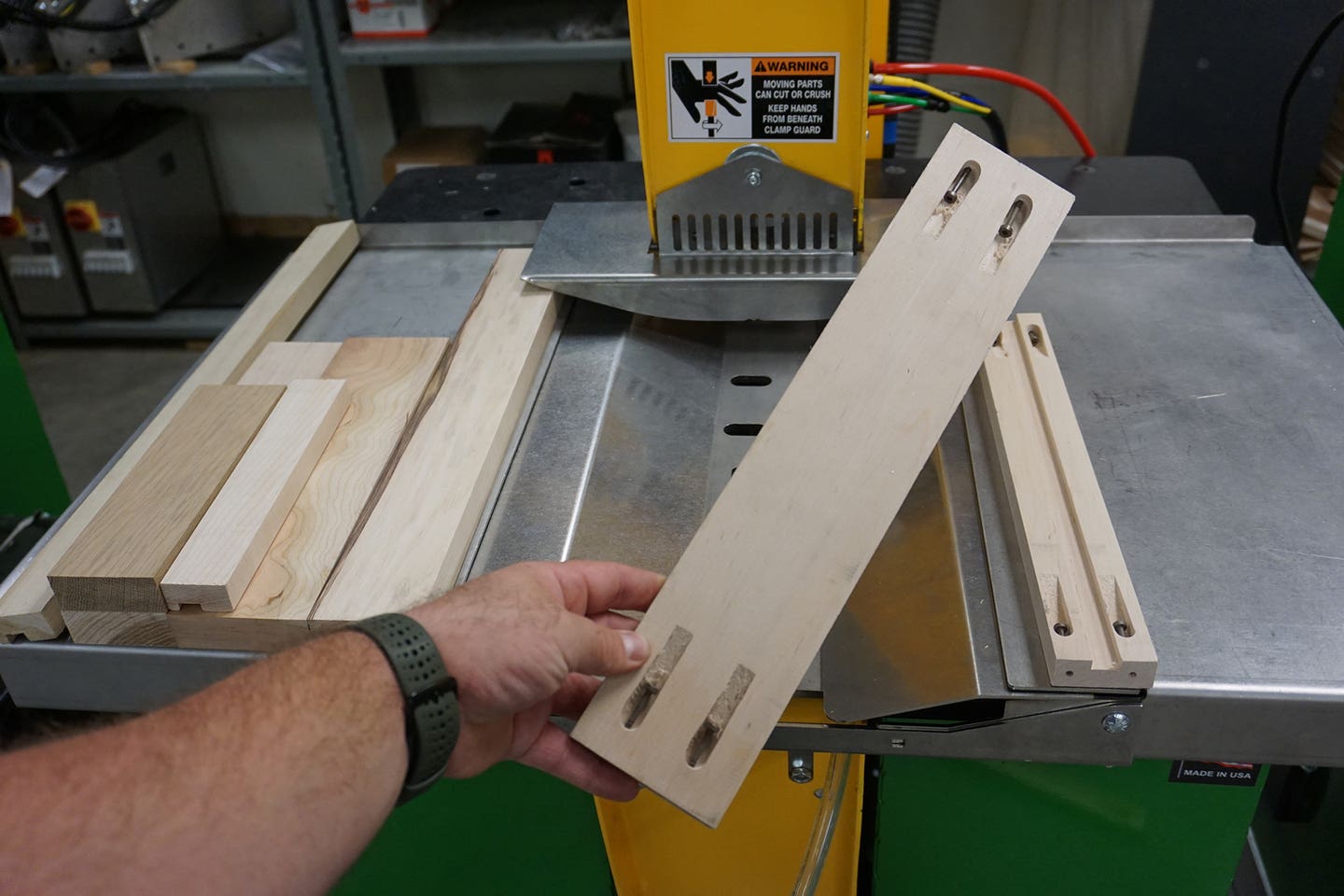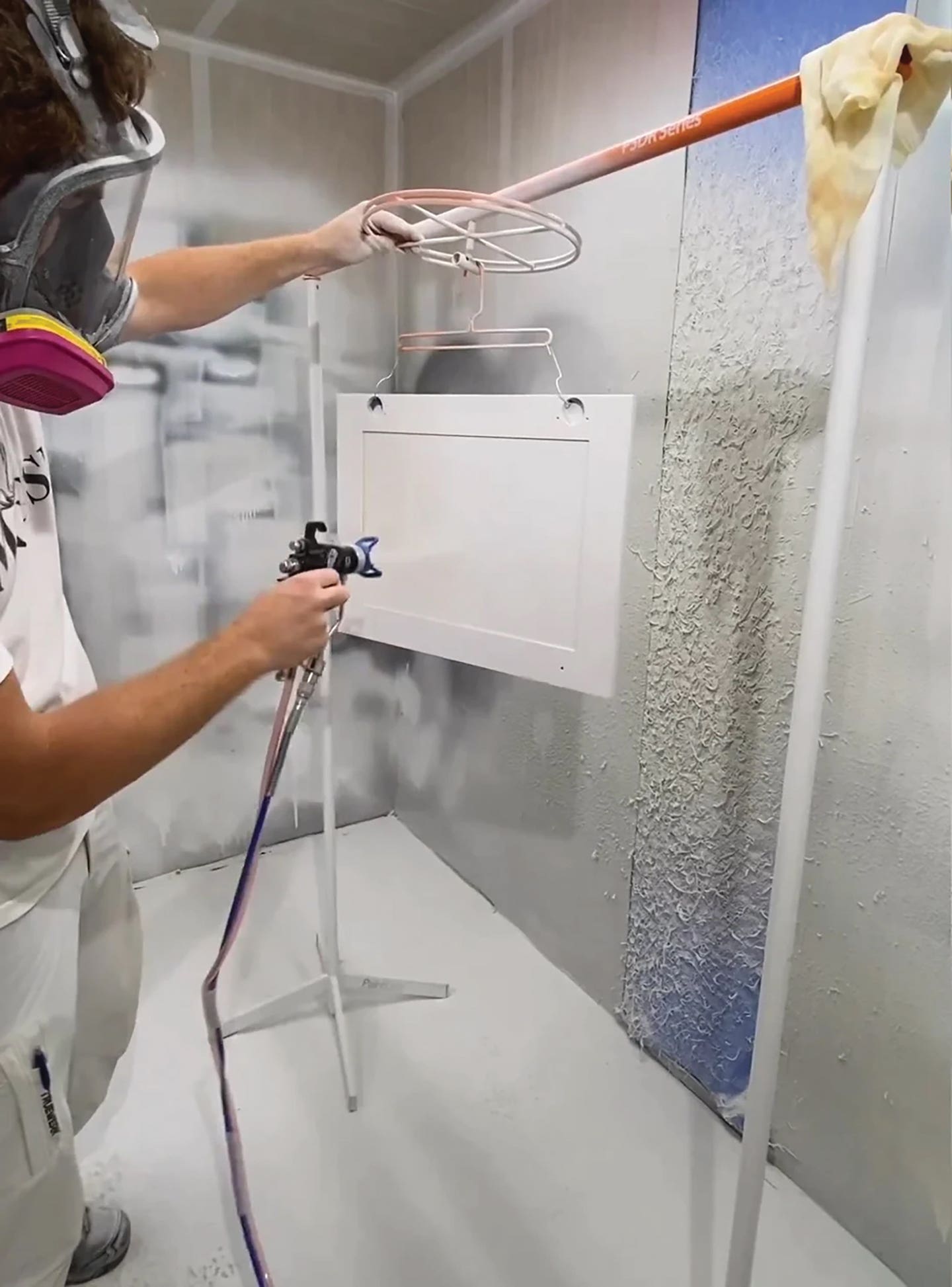Hidden hardware has given shops a leg up
In the woodshop, hidden fasteners have traditionally had two very distinct identities. They have been either a mode for cabinetmakers to speed up assembly or a way for end users…
In the woodshop, hidden fasteners have traditionally had two very distinct identities. They have been either a mode for cabinetmakers to speed up assembly or a way for end users to assemble knockdown (KD) furniture in their homes and offices.
In the last couple of decades, companies such as Ikea have made an art form of requiring consumers to assemble their own furniture and cabinets. With the concurrent growth of outsourcing in the cabinet industry, where factories build components and ship them flat-packed to small custom shops, the two worlds are beginning to overlap. Those suppliers are borrowing some of the big-box philosophy and delegating assembly duties. Thankfully, the cabinet shops have access to superior hidden hardware.
Recent additions
Take, for example, the award-winning Irish company Ovvo (ovvotech.com), which won the Best of the Best at Interzum 2017 and is just beginning to enter the North American market. Ovvo’s new V-range connector can be used in sheet stock and solid boards that are thicker than 12mm (1/2”) and it takes advantage of the company’s patented Push-Click-Connect locking mechanism. The design is a dovetail-shaped plastic male that pops into an embedded female: simply mill the holes with a special router bit, insert the halves and click them together. The V-range and a larger fastener are both available for CNC machining or the pockets can be milled with either the company’s stand-alone machine or a handheld tool.
One of the most talked-about innovations in hidden fasteners of late has been the SmartShop LD4 from Laguna Tools (lagunatools.com). With automatic boring and insertion, this machine inserts LockDowel brand EClip hidden fasteners (lockdowel.com/eclips) in assemblies such as cabinets, drawer boxes, closets, desks, solid-wood furniture and other applications. If you’re not familiar with the LockDowel clip, it’s a U-shaped, completely hidden fastener system that is available in either metal or plastic dowels and it locks into particleboard, MDF, plywood and solid hardwood. The barbed tines come in a variety of lengths for different stock thicknesses and materials. LockDowel fasteners are fully integrated in popular woodworking software such as Cabinet Vision, Mozaik, Top Solid, Solid Works, Microvellum, Imos and others. There’s a really well-done four-minute video on the website that shows how cabinets can be assembled without tools in the shop or on the job site.
FastenLink (fastenlink.com) also makes a hidden fastener, a plastic dowel with a patent pending shape: a groove is cut into the tip of the dowel, creating a shoulder that slides into a tapered groove cut into the wood. The action guides the dowel until it clicks into the locked position, seamlessly connecting the adjoining pieces. FastenLink received the Challengers Distinguished Achievement Award at IWF in Atlanta.
Festool (festoolusa.com) entered the hidden fastener market a few years ago with its Domino system that essentially replaces dowels with wooden loose tenons. One of the biggest advantages to Domino is that it’s portable, so mortises can be milled in seconds out on the job site or at the workbench. Now Festool has taken the concept to the next level with Domino KD hardware. A woodworker can design, build and finish furniture or even millwork such as stair parts and then quickly disassemble them, take them to the job and reassemble with only a hex wrench. The new fasteners work with the Domino XL (DF 700) joiner to create either flat or corner joints and the connectors require no templates or complex measuring. They are not completely hidden, as access is required on the blind side for the hex wrench. To disguise that, the company provides snap-in caps.
Something old, something new
Another supplier with a strong history in hidden fasteners is Kreg Tool (kregtool.com). The company has been a leader in pocket-hole joinery for face frames and other assemblies for a long time and continues to innovate. The latest offering is a family of custom pocket-hole plug-cutting bits that let a woodworker hide screw heads. Different-sized cutters are made to fit in any Kreg jig and create custom plugs from any wood species. The plugs can then be glued into the hole above the screw and sanded flush. The bit shears the wood fibers to deliver a smooth, consistent plug that completely hides the fastener.
The Australian company Joinlox (joinlox.com) has been building hidden fasteners for about a decade and has won numerous industry awards including the Visionary New Product Award at AWFS 2015. In February, the company’s Striplox division released three new products. The 180D is a pair of interlocking discs and the bottom one is in two halves. One half is screwed to each of the two parts to be joined (for example, laminate countertops). Then the second disc fits over that and screws on like a jam jar lid, drawing the joint together. Joinlox’s new No. 20 biscuit is a nylon biscuit with built-in barbs that is just hammered in place — no glue required. And the company’s Megalox is a pair of interlocking nylon strips that are mortised into grooves, glued or screwed in place, and then slid together to create a mechanical lock. The grooves can be milled with a standard straight bit.
Zipbolt (zipbolt.com.au) makes a number of hidden fastener solutions for projects from stairs to worktops, furniture and joinery, available from Lee Valley (leevalley.com) and Richelieu Hardware (richelieu.com/us/en) and others.
Magnets and more
The Invis line of fasteners from Lamello (swissinvis.com) uses magnets to tighten steel components after they have been encased in wood parts. A new system (called the Mx2) was released recently: it’s a complete package that includes everything a woodshop needs to get started: 20 fasteners, spacers, tools, bushings and even a drill bit. Projects assembled with Invis can be taken apart just as easily.
A family of aluminum Z Clips from Monarch Metal Fabrication (monarchmetal.com) is a fast and easy solution to installing wall panels, signs and artwork. These hidden fasteners work the same way a traditional French cleat works: one part goes on the wall and the other goes on the back of the panel. Then the panel is slipped down onto the wall cleat. They avoid screwing into the face of a panel and Z Clips offer a couple of big advantages over wooden versions: they have a thinner profile and they wedge together, locking the panel in place. However, they also provide for easy and fast future removal or dismounting of panels, so they’re ideal for restaurant décor, art galleries, elevators and the like. So decorative panels, framed mirrors in hotels, medicine cabinets and similar installations can all be hung without having to fill nail holes on site. Z Clips come in 3/8” or 5/8” depths and in lengths from 1-1/2” to 12’, with or without pre-drilled holes.
Senco (senco.com) has recently introduced a line of polymer resin and fiberglass nails that can be sanded, shaped and cut without damage to router bits or blades, which makes them ideal for CNC fixturing. They can replace clamps in many assembly situations, holding parts while the glue cures — and they’re sanding-belt safe after it dries. Plus, there’s no rust or corrosion and the plastic ones can be painted or stained.
This article originally appeared in the June 2017 issue.


